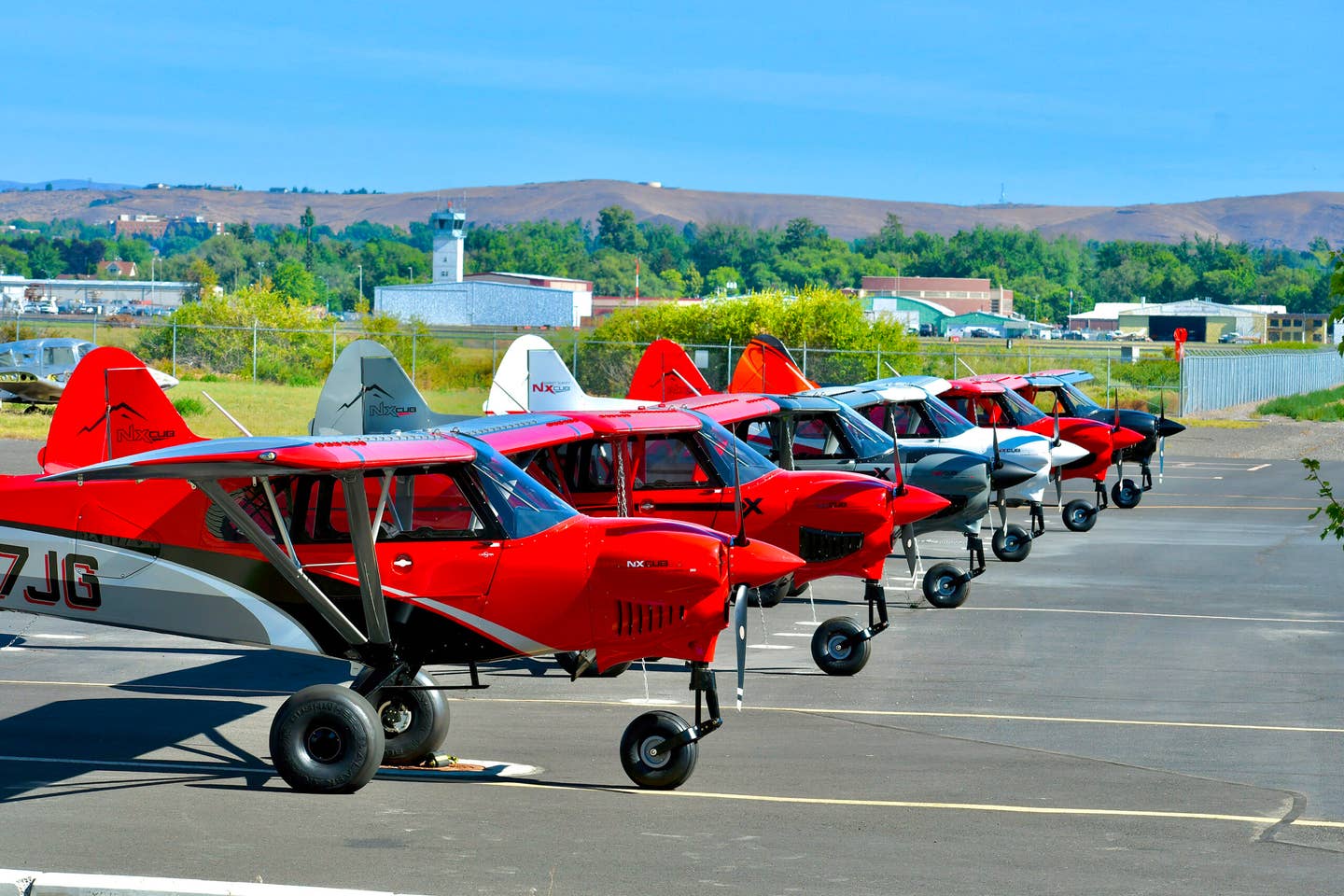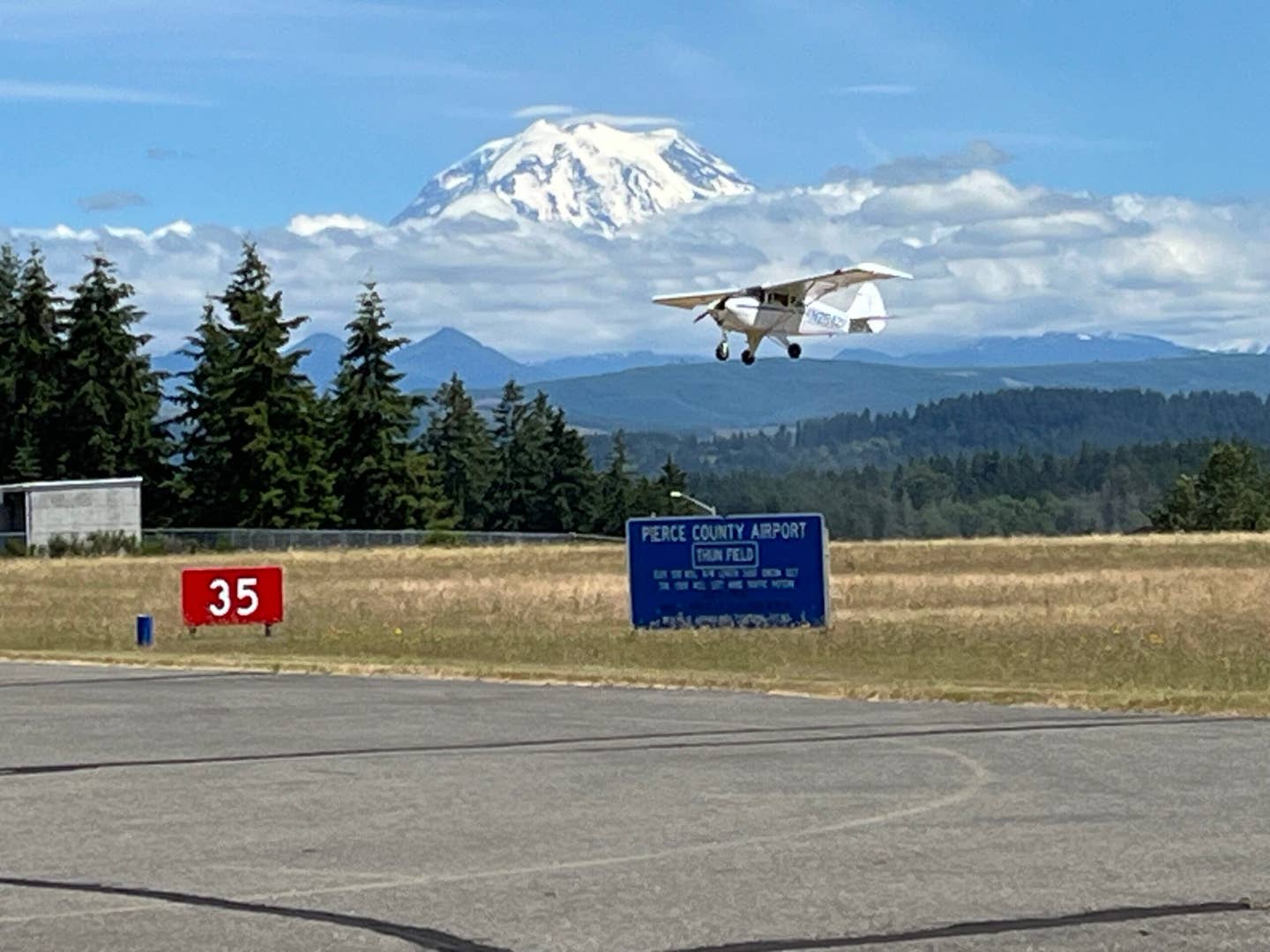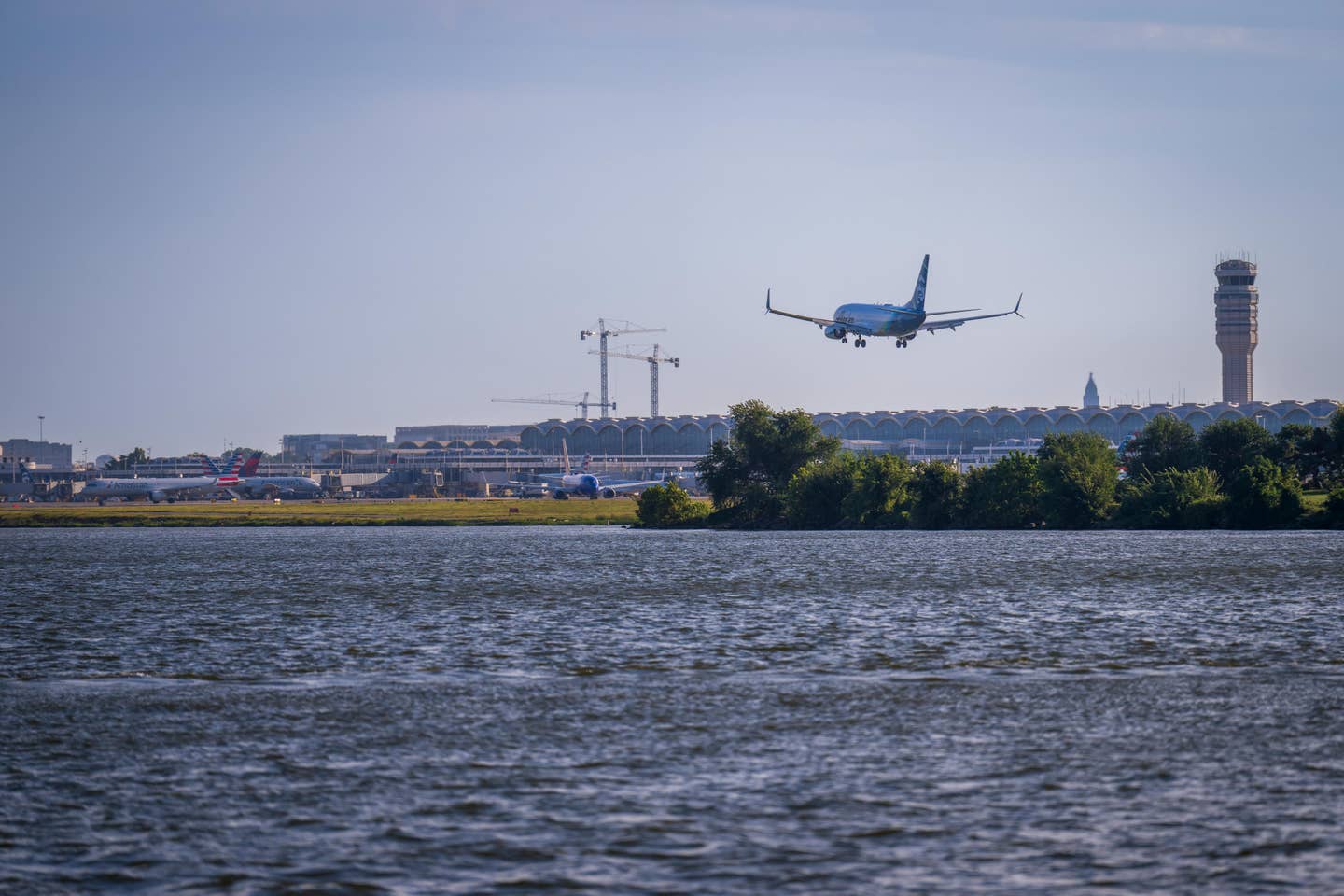NASA Faces Astronaut Shortage, New Report Says
A shortage of astronauts may affect upcoming NASA missions on the International Space Station and beyond during the next five years.

NASA astronaut and Expedition 63 Commander Chris Cassidy took this “space-selfie” during a 2020 spacewalk at the International Space Station. Cassidy has completed 10 spacewalks throughout his career for a total of 54 hours and 51 minutes spacewalking time. [Credit: NASA]
A shortage of astronauts may affect upcoming NASA missions on the International Space Station and beyond during the next five years.
A new report from NASA’s Management of Its Astronaut Corps says the space agency is concerned it might not meet mission requirements with the current amount of trained astronauts. The news comes at a time when NASA is entering a new era of space flight, with plans to return to the moon—and, eventually, go to Mars—as part of its Artemis mission.
According to the report, NASA trains and assigns specific missions based on the needs of the ISS, but “the astronaut corps is projected to fall below its targeted size or minimum manifest requirement in fiscal year (FY) 2022 and FY 2023 due to attrition and additional space flight manifest needs.”
After reaching its peak of nearly 150 astronauts in 2000, the report says, the size of the corps diminished with the end of space shuttle missions in 2011. It now stands at 44—one of the smallest cadres of astronauts in the past two decades.
According to NASA’s Office of Inspector General, NASA has exactly enough astronauts for flights during FY 2022, with no room for “unanticipated attrition and crew reassignments.”
As of November 2021, NASA only has 44 trained astronauts to handle missions to and from the ISS, and for efforts in support of the Artemis missions. That’s one of the smallest cadres of astronauts in the past 20 years, the reports says.
Up to this point, the space agency allowed for an astronaut’s skillset to motivate mission assignments and scheduling.
“The Chief and Deputy Chief of the Astronaut Office said they can use various tracking systems, if needed, but given the small number of astronauts in the corps they primarily rely on their own informal knowledge to inform skillset decisions,” the report says. “While this kind of informal decision making has been used to manage ISS missions, it might not be effective as the size of the corps increases, still-evolving Artemis requirements are incorporated into astronaut training, and attempts to track skill sets over time for multiple missions become more complex.”
Meeting Needs of Future Missions
In the report, the office made four recommendations to the Chief of the Astronaut Office to ensure current and future mission needs are met.
- To centralize and maintain detailed astronaut data to help inform recruiting and training, to include expanding diversity among astronauts.
- Determine if the 15 percent safety margin used when calculating the minimum manifest requirement is sufficient for the current and near future frequency of space flight missions and document the reasoning behind the selected margin.
- At least 18 months prior to the planned Artemis II launch, coordinate with Artemis program offices to complete the development and chartering of the framework of Artemis boards and panels.
- Update internal guidance to document the process for identifying and developing training regimens to align with Artemis mission needs.
“Overall, the astronaut corps is well managed by the Astronaut Office. However, NASA now faces new demands and challenges with aligning its current corps and recruiting new astronauts to meet the demanding requirements of this new era of multiple missions in low-Earth orbit and deep space,” the report said.
NASA recently announced its first class of astronauts in four years to fly on the upcoming Artemis missions to the moon. A class of 10 candidates was chosen, being the first candidates to join the program after NASA began requiring at least a master’s degree in a STEM field.
“We’ve made many giant leaps throughout the last 60 years, fulfilling President Kennedy’s goal of landing a man on the moon,” said Johnson Center Director Vanessa Wyche during the announcement. “Today, we reach further into the stars as we push forward to the moon once again, and on to Mars with NASA’s newest astronaut candidate class.”

Sign-up for newsletters & special offers!
Get the latest FLYING stories & special offers delivered directly to your inbox






